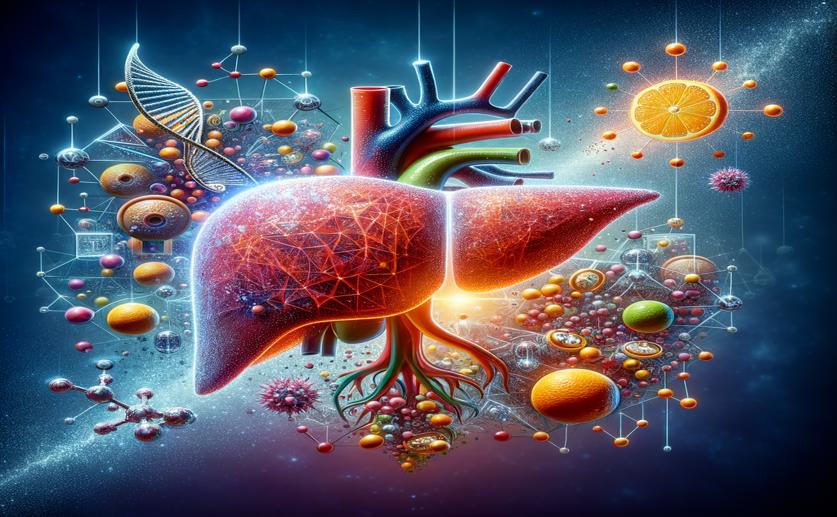
How Vitamin C Affects Protein Levels in the Liver
Jim Crocker
14th May, 2024

Image Source: Natural Science News, 2024
Key Findings
- Study at Université Laval shows vitamin C affects liver function at the molecular level
- Vitamin C deficiency alters liver genes and proteins, impacting processes like fat metabolism
- Adequate vitamin C intake is crucial for liver health and preventing diseases like NAFLD
References
Main Study
1) Combined transcriptomics and proteomics unveil the impact of vitamin C in modulating specific protein abundance in the mouse liver
Published 12th May, 2024
https://doi.org/10.1186/s40659-024-00509-x
Related Studies
2) Serum vitamin C and the prevalence of vitamin C deficiency in the United States: 2003-2004 National Health and Nutrition Examination Survey (NHANES).
3) Human genetic variation influences vitamin C homeostasis by altering vitamin C transport and antioxidant enzyme function.
4) Vitamin C. Biosynthesis, recycling and degradation in mammals.
Journal: The FEBS journal, Issue: Vol 274, Issue 1, Jan 2007



 7th March, 2024 | Jenn Hoskins
7th March, 2024 | Jenn Hoskins